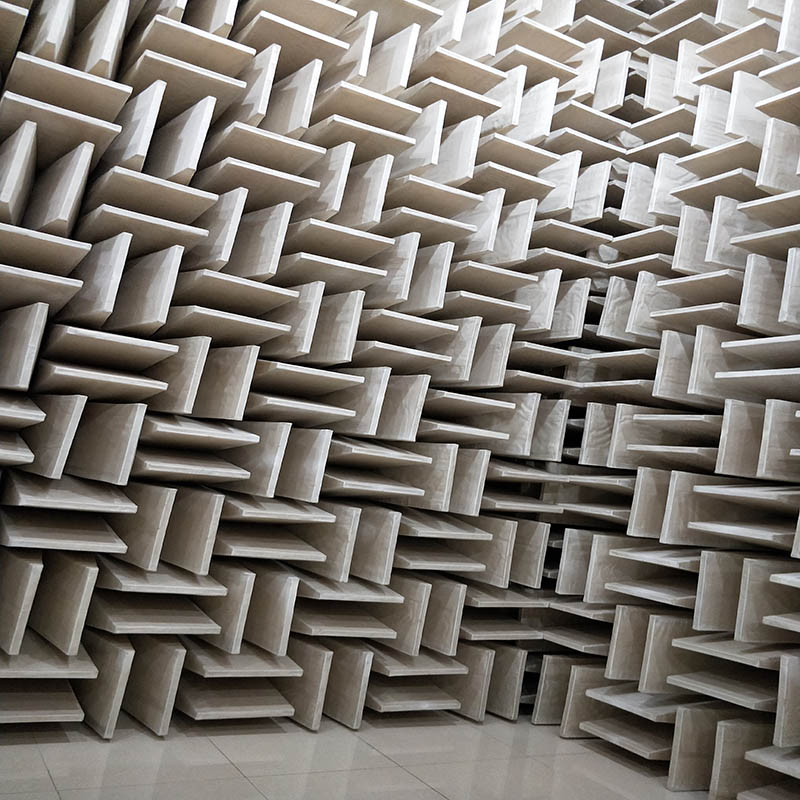Free sound field: acoustic principles and applications
What is a free sound field?
Free sound field, also known as free space, refers to the state in which sound waves propagate freely in unbounded space. In this environment, sound waves are not affected by boundary reflections, scattering, etc., and can propagate and attenuate freely. The typical characteristic of a free sound field is that the sound pressure level gradually decreases with increasing distance, which is consistent with the law of sound wave propagation in a uniform medium.
Acoustic principles of free sound field
1. Sound wave propagation: In a free sound field, sound waves propagate freely perpendicular to the direction of propagation, and there is no boundary reflection and scattering phenomena.
2. Sound pressure level attenuation: In the free sound field, the sound pressure level attenuates exponentially as the distance increases, and its attenuation law conforms to the free field attenuation formula: LP(r)=LP(0)*exp(-2*r/ RT), where LP (0) is the sound pressure level at the sound source, r is the distance, and RT is the propagation attenuation coefficient of sound waves in the medium.
3. Sound source localization: In the free sound field, the position of the sound source can be determined by measuring the time difference and spatial difference of the sound pressure level. This method is widely used in the research and application of sound source localization technology.
Application fields of free sound field
1. Acoustic measurement: The free sound field provides an ideal experimental environment for acoustic measurement, which can reduce the impact of environmental factors such as boundary reflections on the measurement results. Free sound field is widely used in acoustic laboratories, audio equipment testing and other fields.
2. Communication technology: Free sound field helps to study the propagation characteristics of sound waves in communication systems, such as signal attenuation, multipath effect, etc. This is of great significance for improving the performance and anti-interference ability of communication systems.
3. Noise control: The free sound field can be used to study the radiation characteristics of noise sources and provide a theoretical basis for noise control technology.
4. Acoustic imaging: The free sound field provides a clear acoustic background for acoustic imaging technology, helping to improve imaging quality and resolution.
5. Education and scientific research: Free sound field is an important experimental method for acoustic education and scientific research, which helps to cultivate high-quality acoustic talents and promote the development of acoustic technology.
As a special sound field state, free sound field has important value in acoustic research and engineering applications. With the continuous advancement of science and technology, free sound field technology will continue to contribute to the development of acoustics in various fields. In our real life, a completely free sound field does not exist. We can only build professional laboratories such as anechoic chambers to simulate the free sound field to meet our needs when studying acoustics.

